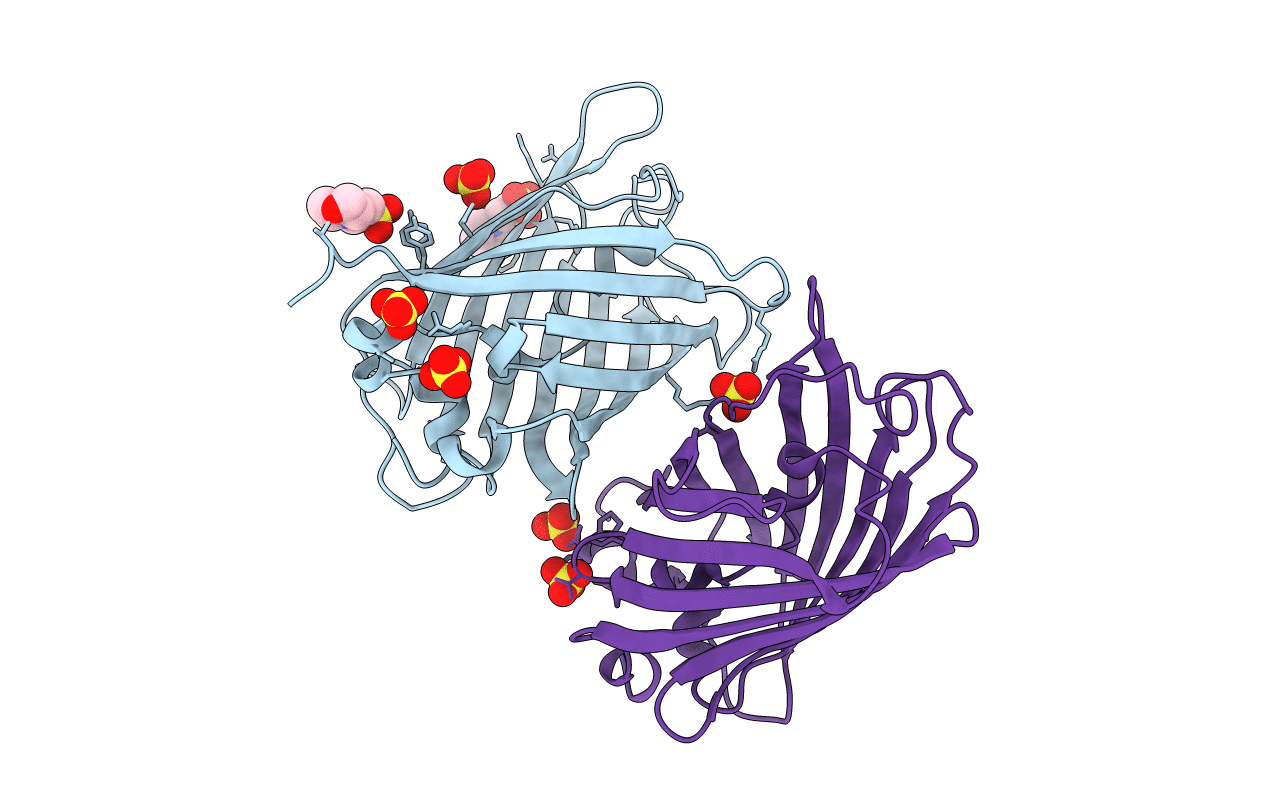
Deposition Date
2014-02-11
Release Date
2015-02-11
Last Version Date
2024-11-27
Method Details:
Experimental Method:
Resolution:
1.71 Å
R-Value Free:
0.18
R-Value Work:
0.15
R-Value Observed:
0.15
Space Group:
P 21 21 21


